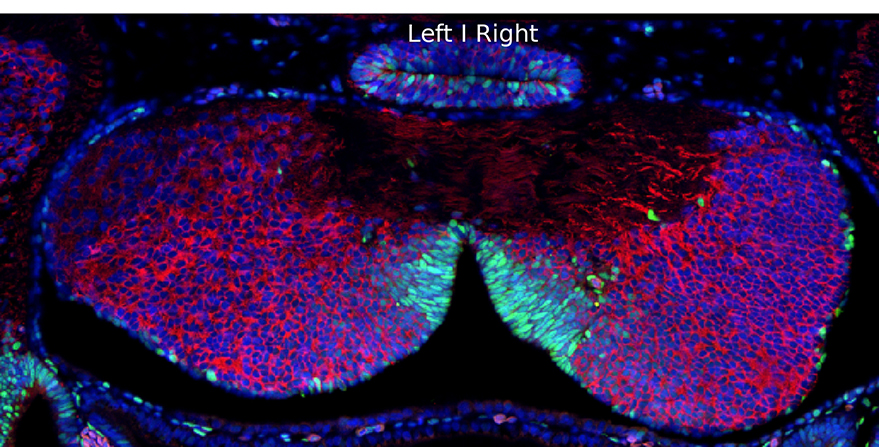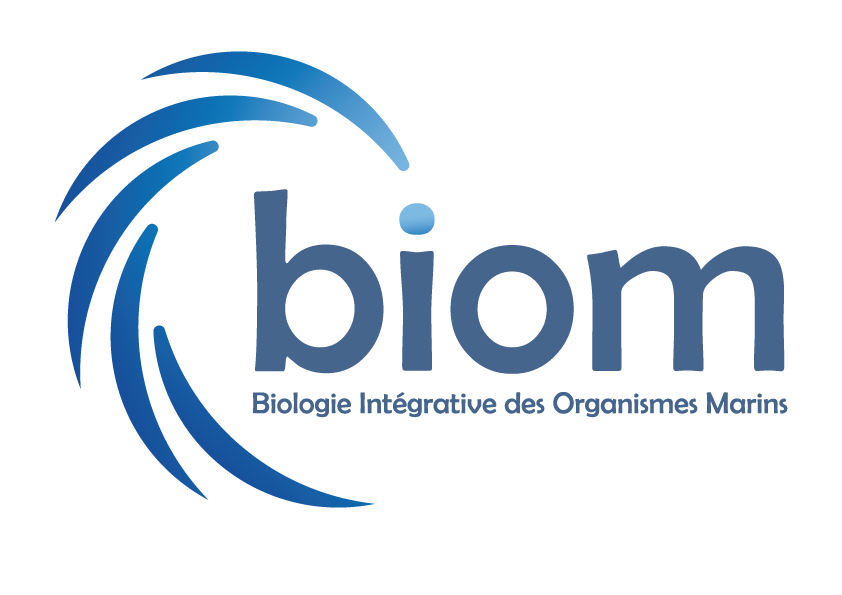Team Leader
Sylvie Mazan
Presentation
A central question of evolutionary developmental biology is to understand how developmental mechanisms vary to generate the diversity of forms observed across metazoans. Our group addresses this question at a macroevolutionary scale, focusing on key diversifications of vertebrates. The originality of our work resides in the reference species analyzed, selected both for their phylogenetic position and for morphological traits of interest. We put the emphasis on members of cyclostomes (agnathans) and chondrichthyans (cartilaginous fishes), respectively the lamprey Lampetra fluviatilis and the catshark Scyliorhinus canicula, which we pioneered as novel non-conventional model organisms. We are more specifically interested in two general questions: (1) how is neuronal diversity generated in the forebrain both during ontogeny and phylogeny? (2) How did mesoderm trajectories diversify during early vertebrate evolution? We address these questions using combinations of experimental, functional and transcriptomic approaches (snRNA-seq or 3D RNA profiling: Tomo-seq, Stereo-seq), focusing on developmental traits unique to, or of interest in the species analyzed.



